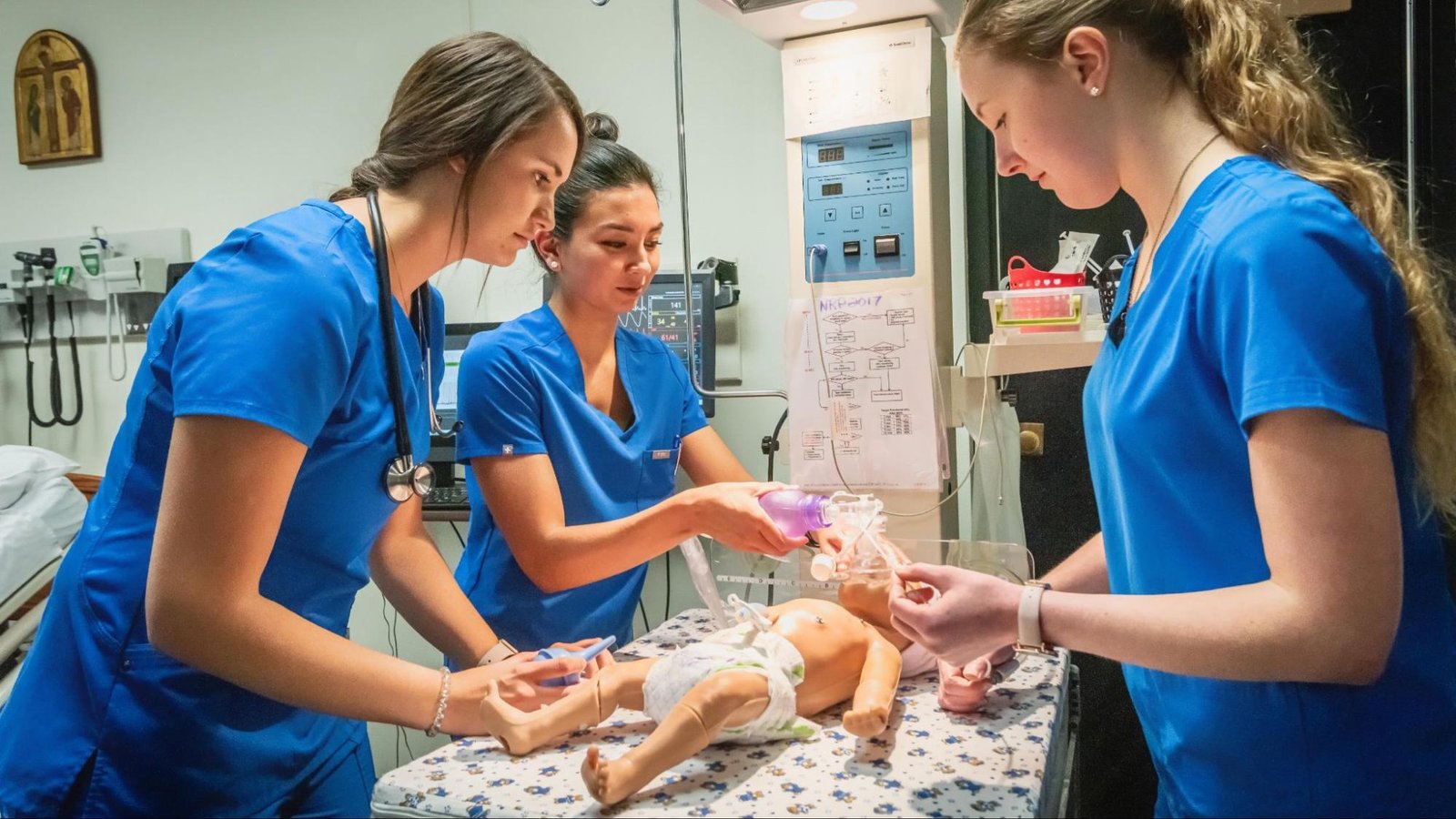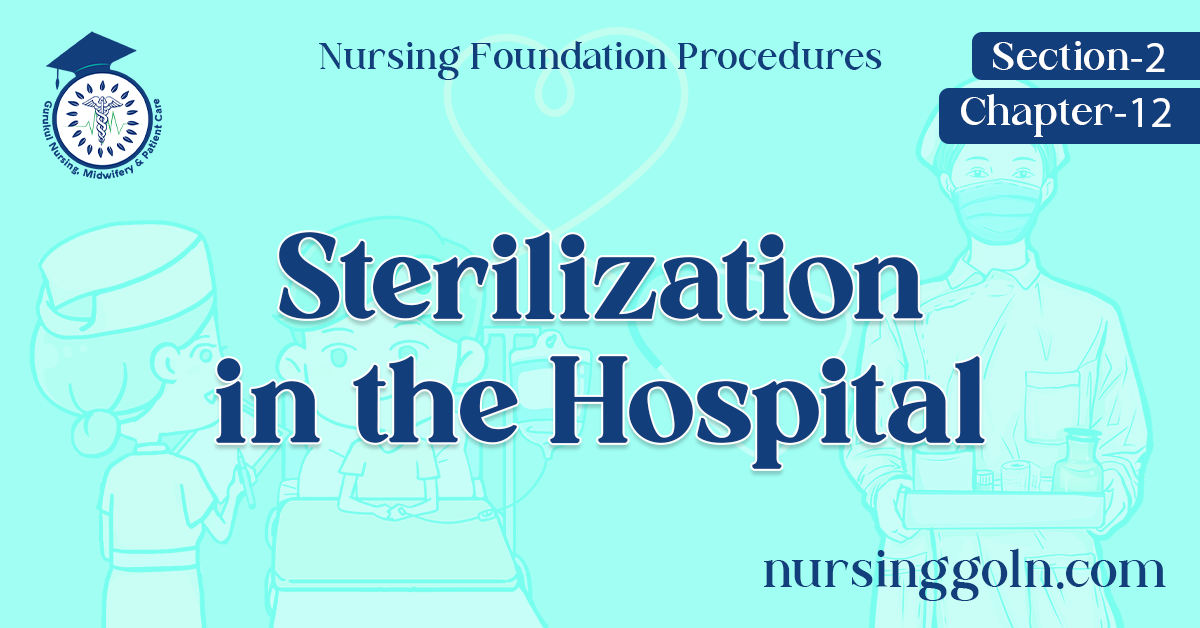Today our topic of discussion is Sterilization in the Hospital.
Sterilization in the Hospital

Steam/Autoclaving
It involves exposure of microorganisms to saturated steam under pressure in an autoclave achieves their destruction by the irreversible denaturation of enzymes and structural proteins.The temperature at which denaturation occurs varies inversely with the amount of water present.
Sterilization in saturated steam thus requires precise control of time, temperature, and pressure.As displacement of the air by steam is unlikely to be readily achieved, the air should be evacuated from the autoclave before admission of steam.

This method should be used whenever possible for aqueous preparations and for surgical dressings and medical devices.The recommendations for sterilization in an autoclave are 15 minutes at 121-124 °C (200 kPa). The temperature should be used to control and monitor the process; the pressure is mainly used to obtain the required steam temperature.
Dry Heat
Dry heat can be used to sterilize items, but as the heat takes much longer to be transferred to the organism, both the time and the temperature must usually be increased, unless forced ventilation of the hot air is used.
The standard setting for a hot air oven is at least two hours at 160 °C (320 °F). A rapid method heats air to 190 °C (374 °F) for 6 minutes for unwrapped objects and 12 minutes for wrapped objects.

Dry beat has the advantage that it can be used on powders and other heat stable items that are adversely affected by steam (for instance, it does not cause rusting of steel objects)
Read more:
